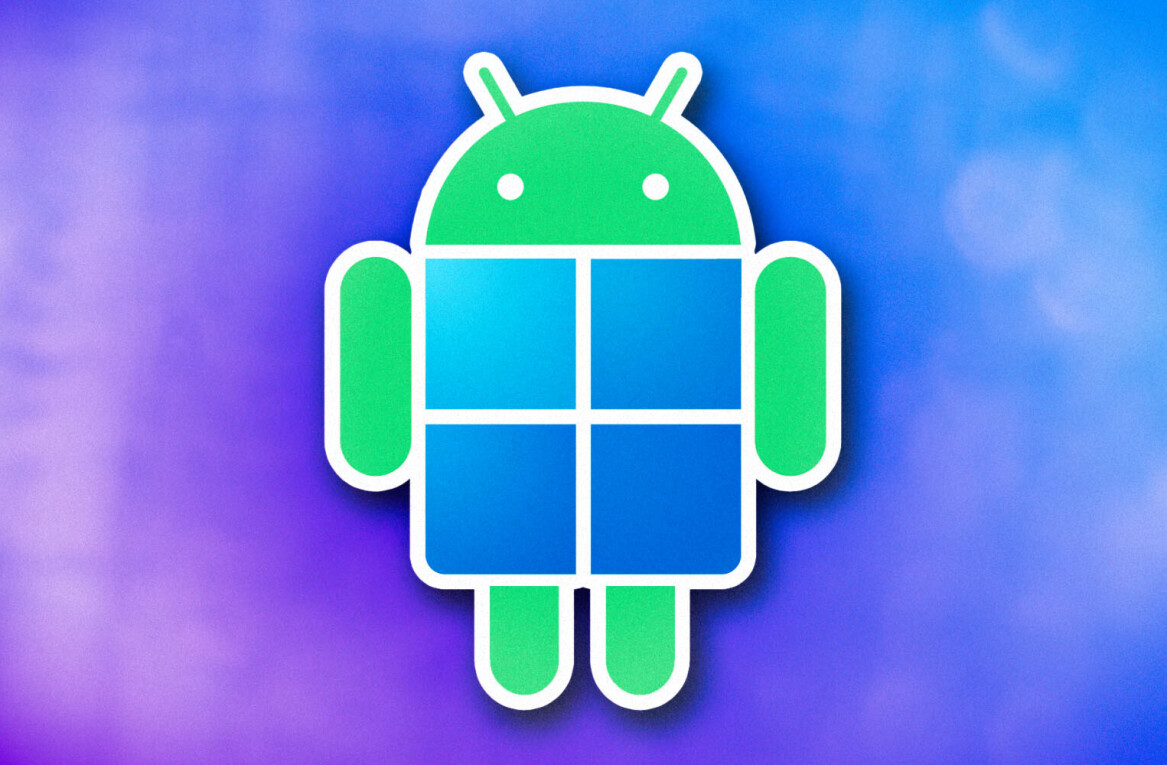
New data from Google’s developer website shows that the number of devices running Android 4.1 (its 2-month-old Jelly Bean system) rose by 50 percent over the last month to hit 1.2 percent, while installations of Ice Cream Sandwich (4.0) rose by close to 25 percent to reach 20.9 percent overall.
The figures, which were collected during a week period closing September 4, are a further indication that increased upgrade support and new device launches are seeing uptake of the latest Android flavors rise, but overall the Android operating system remains fragmented.
To that point, Gingerbread (Android 2.3 – which supports a number of low end tablets and smartphones) remains the most used system for active devices. However, its share of the active market did drop from 60.6 percent in August to account for 57.5 percent at the beginning of September. That followed a similar 6.1 percent decline July through August.
Google surprised many yesterday when Motorola Mobility, the handset division it recently got the green light to acquire for $12.5 billion, launched two new phones that do not run the latest Android 4.1 system.
Instead the Droid Razr HD and Droid Razr M will launch based on Ice Cream Sandwich, with Jelly Bean updates set to arrive for both smartphones soon. Motorola also revealed plans to give $100 of credit towards the new DROID devices for any one who owns a 2011-built Motorola phone that cannot be upgraded to Android Jelly Bean.
The fact that Google-owned Motorola didn’t unveil Jelly Bean powered devices clearly highlights the fragmentation and support issues that the operating system suffers.
In addition to launching new phones yesterday, Google gave an update on the size of its Android presence. Chairman Eric Schmidt revealed that 1.3 million Android devices are now being activated per day, and the total number has now reached 480 million.
Google unveiled Jelly Bean at Google I/O in late June and the new Android system boasts technology from Google’s Project Butter to give it an enhance performance and visuals, along with a new search experience.
The first roll out hit the Galaxy Nexus HSPA+ in July and, while it has expanded through device-only and carrier-led upgrades, the operating system is notable for powering Google’s 7-inch tablet, the Nexus 7.
Check out Android’s stats from August to make a more detailed comparison of your own.
Image via Flickr / quinn.anya
Get the TNW newsletter
Get the most important tech news in your inbox each week.





